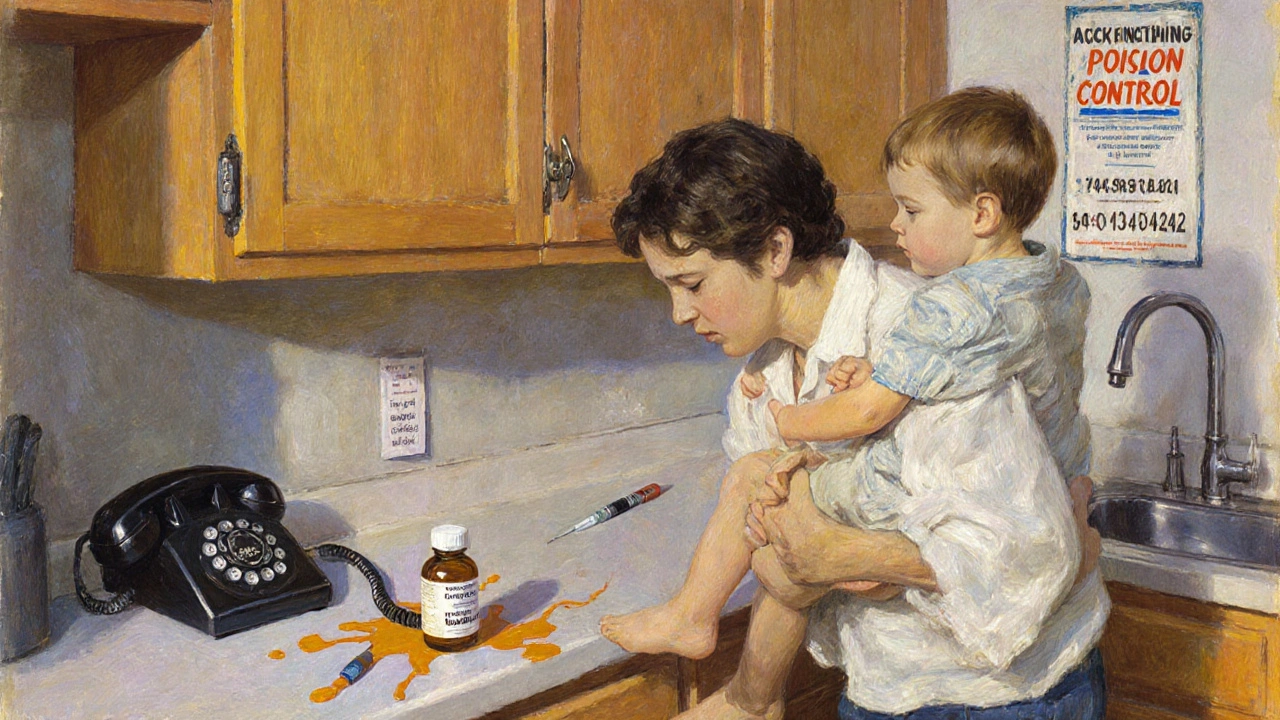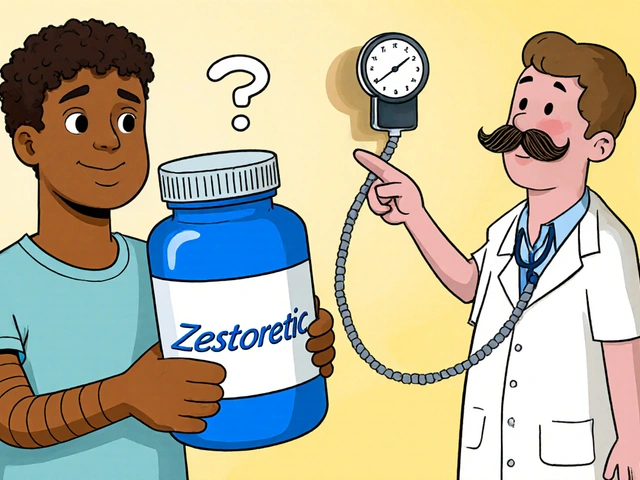Every year, over 50,000 children under six in the U.S. end up in emergency rooms because they swallowed something they shouldn’t have. Most of these aren’t accidents in the traditional sense-they’re exploratory ingestions. Babies and toddlers don’t mean to poison themselves. They’re just learning about the world by putting things in their mouths. A bottle of medicine left on the counter. A brightly colored laundry pod under the sink. A grandparent’s pill in a purse on the floor. These aren’t careless mistakes-they’re predictable risks in a home not designed for a curious, mobile child.
Why Toddlers Are at Highest Risk
Children between one and four years old are the most vulnerable. This isn’t random. It’s developmental. Around nine months, babies start crawling. By twelve months, they’re pulling up and walking. Their hands become tools for exploration, and their mouths are the ultimate sensor. They don’t understand danger. They don’t know the difference between a vitamin and a cleaning product. A 2022 report from the American Association of Poison Control Centers found that 75% of all poisonings in children under five happen because the child was simply exploring their environment. Gender also plays a role. Boys are more likely to be involved in these incidents, likely due to higher levels of physical activity and risk-taking behavior. Children with hyperactive temperaments are also at increased risk. But the biggest factor? Developmental milestones. When a child learns to climb, reach, or open cabinets, that’s when the danger spikes. Waiting until they start walking to childproof your home is already too late.Lock It Up-Not Just the Medicine Cabinet
The old advice-“keep medicines out of reach”-isn’t enough. Kids can reach higher than you think. A 2022 study from HealthyChildren.org showed that storing hazardous items in locked cabinets at least 1.5 meters (5 feet) above the floor prevents 82% of access attempts by children under four. That’s not a suggestion. That’s a proven barrier. But it’s not just medicine. Think about everything a child can grab:- Laundry detergent pods-bright, soft, and smell like fruit. They caused 11% of pediatric poisonings in 2018. New packaging has reduced incidents by 39%, but they’re still dangerous.
- Button-cell batteries-found in remotes, toys, and scales. They can burn through tissue in 15 minutes. Eighty-five percent of severe injuries happen in kids under four.
- E-cigarette liquid nicotine-often stored in unlocked drawers or purses. Poison control calls for nicotine exposure in toddlers increased 1,500% between 2012 and 2020.
- Cannabis edibles-gummy bears, chocolates, and cookies. In states with legal marijuana, these now account for 7% of pediatric poisonings, with hospitalization rates over three times higher than other cases.
- Household cleaners-bleach, drain openers, and disinfectants. Don’t store them next to food or drinks. A 2019 National Safety Council report found that separating cleaners from food reduces confusion-related ingestions by 37%.
Medication Mistakes Are Common-and Deadly
Medications are the number one cause of pediatric poisonings. But the biggest problem isn’t access-it’s dosing. A 2021 study in Pediatrics found that 76% of parents made dosage errors when using kitchen spoons. Only 12% made mistakes when using the calibrated dropper or syringe that came with the medicine. Never use a kitchen spoon. Ever. Even if you think you’re being careful. A teaspoon isn’t a teaspoon. A tablespoon isn’t a tablespoon. Use only the tool provided. And never, ever guess the dose. If you’re unsure, call your pediatrician or poison control. Also, don’t leave pills on the nightstand, bathroom counter, or kitchen table. Even a single pill can be fatal. One parent in a Reddit thread described how their 2-year-old swallowed a blood pressure pill left on the counter during a rushed morning. The child was fine-because they called poison control immediately. That’s the difference between panic and action.
Grandparents, Visitors, and the “Other Home” Problem
You’ve childproofed your house. But what about Grandma’s? A 2023 survey by HealthyChildren.org found that 71% of parents reported inconsistent safety practices at extended family homes. Grandparents might not realize how quickly a child can grab a pill from a purse, open a cabinet, or suck on a vape pen. Talk to them. Don’t assume they know. Give them a simple list: “Keep all meds in the locked top cabinet. Don’t leave your purse on the floor. Don’t let the baby play with remotes or toys with batteries.” Many older adults don’t know that a single button battery can cause internal burns. Or that nicotine liquid can be fatal in a teaspoon. The same applies to babysitters, daycare workers, and friends. Make safety part of your handoff routine. A 2021 multi-center study in Pediatrics found that 63% of households had safety lapses when care switched between parents, grandparents, and sitters. That’s not negligence-it’s a systems failure. You need a checklist.What to Do If Something Is Swallowed
If you suspect your child has swallowed something harmful, don’t wait. Don’t try to make them throw up. Don’t give them milk or charcoal unless a professional tells you to. Call poison control immediately: 1-800-222-1222. The Society for Academic Emergency Medicine found that 78% of positive outcomes happen when help is sought within 30 minutes. That’s faster than most people realize. Keep that number saved in your phone. Download the Poison Control app. It’s rated 4.7/5 on app stores, and 89% of users say they accessed life-saving info within 90 seconds of a suspected exposure. If you’re in the UK, call 111. In the US, it’s 1-800-222-1222. Don’t waste time searching online. Don’t wait to see symptoms. Symptoms can take hours to appear-and by then, it may be too late.






Victoria Stanley
Just had to share this with my mom group - this post is a game-changer. I never realized how many everyday items are tiny landmines until my toddler started pulling stuff off the counter. Now everything’s locked up, even the toothpaste. And yes, I’m using the syringe. No more spoons. Ever.